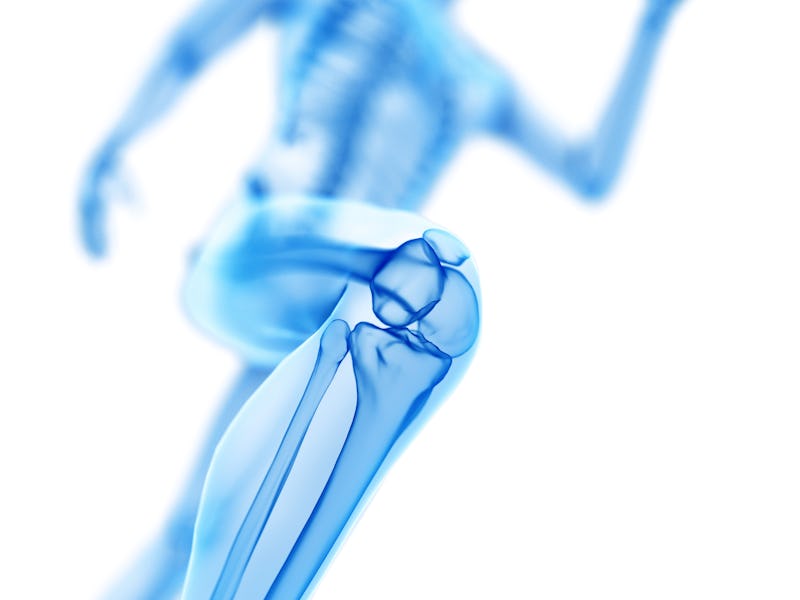A New Drug Could Help People With a Rare Disease Grow Longer Limbs
The potential treatment could be used for several conditions in people.

The health impacts of certain congenital conditions — which affect around 3 percent of babies born in the U.S. — can be alleviated by costly surgeries, but many lack drugs to reverse or treat resulting birth differences. Now, new research shows that might not always be the case.
For the first time ever, scientists have successfully lengthened the limbs of mice programmed with mutations linked to a rare condition in humans called Robinow syndrome.
This feat could pave the way toward treatments for a range of congenital conditions, according to a recent study published in the journal Development.
What is Robinow syndrome?
Scientists managed to lengthen the limbs of gene-edited mice, offering hope for future treatments for people with certain congenital conditions.
Robinow syndrome affects a tiny fraction of the population: Fewer than 200 people have been diagnosed with the autosomal recessive form, where the parents usually don’t have the condition. The autosomal dominant form, where one parent often has it, impacts an estimated 50 families worldwide.
People with Robinow syndrome tend to have relatively short arm and leg bones, as well as certain distinctive facial features, including a broad forehead, widely spaced eyes, a cleft palate, and dental crowding.
But “the severity and symptoms of Robinow syndrome can vary widely between individuals,” Megan Michalski, a craniofacial development researcher at the Van Andel Institute in Michigan and co-author of the new study, tells Inverse.
Generally, the condition can be caused by a mutation in genes such as FZD2, which helps make a protein that directs cells to organize into tissues. Michalski’s team decided to hone in on this signaling mechanism, which is also called “Wnt,” to create a potential treatment.
Future growth?
The researchers began by studying a group of genetically modified mice whose FZD2 genes were edited to induce Robinow-like birth differences. The researchers first observed a generation of these mice grow up to see whether their genetic mutations produced similar features to humans with Robinow.
Sure enough, the mice appeared to have shortened limbs, cleft palates, and other facial features that are associated with the congenital condition.
Then, the researchers watched what happened when the mice got pregnant. While the fetuses were developing, they treated some of the mothers with a drug designed to mimic the Wnt mechanism that’s hindered by mutations. Ultimately, the scientists discovered that the pups exposed to the drug as embryos were born with significantly longer limbs compared with the control group.
Despite the exciting results, Michalski cautions that it's still too early to tell whether it would have the same effect in humans.
“While mouse models can provide valuable insights into the molecular and cellular mechanisms underlying human disease, not all aspects of a condition can be replicated this way,” she says.
Still, a drug that carefully targets the Wnt pathway would offer a major benefit: Preventing the physical impacts of Robinow syndrome at birth without the need for surgery.
What’s more, it also has implications for a much broader spectrum of conditions. “When things go wrong, [Wnt] can impact a host of diseases,” says Michalski. These include various types of cancers, such as breast cancer and melanoma, as well as type 2 diabetes.
But for now, the research remains in the early stages. Michalski describes the work as “promising.” However, she says, it is “only the first step in applying these findings to patient care.”
This article was originally published on